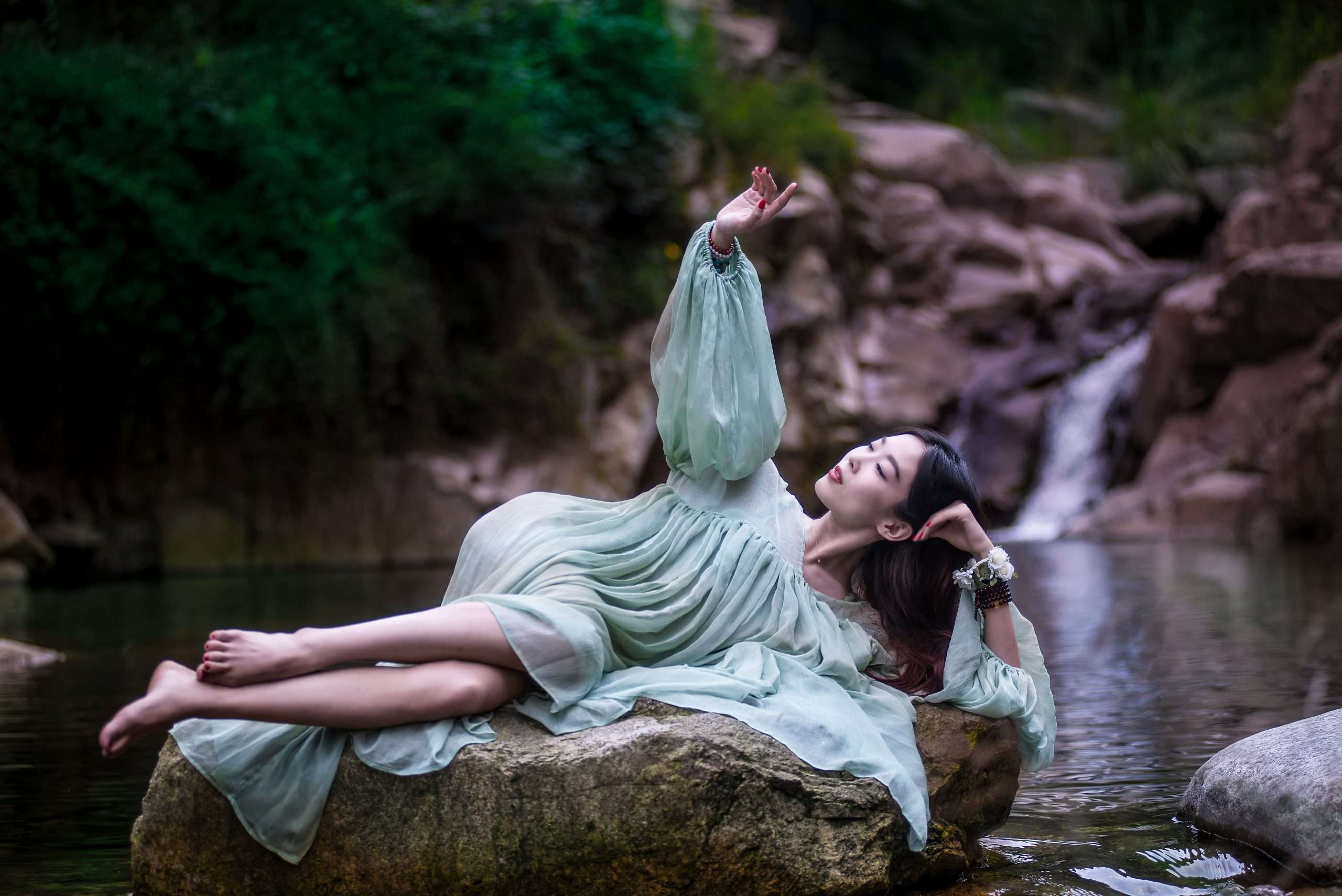This Valentine’s, we’re taking a dive into the world dubbed “romantasyâ€. Is it a new trend, or just another variation on an old theme? And what is it anyway? BFS PR & Marketing Officer Lauren McMenemy investigates with the help of the BFS Discord community.
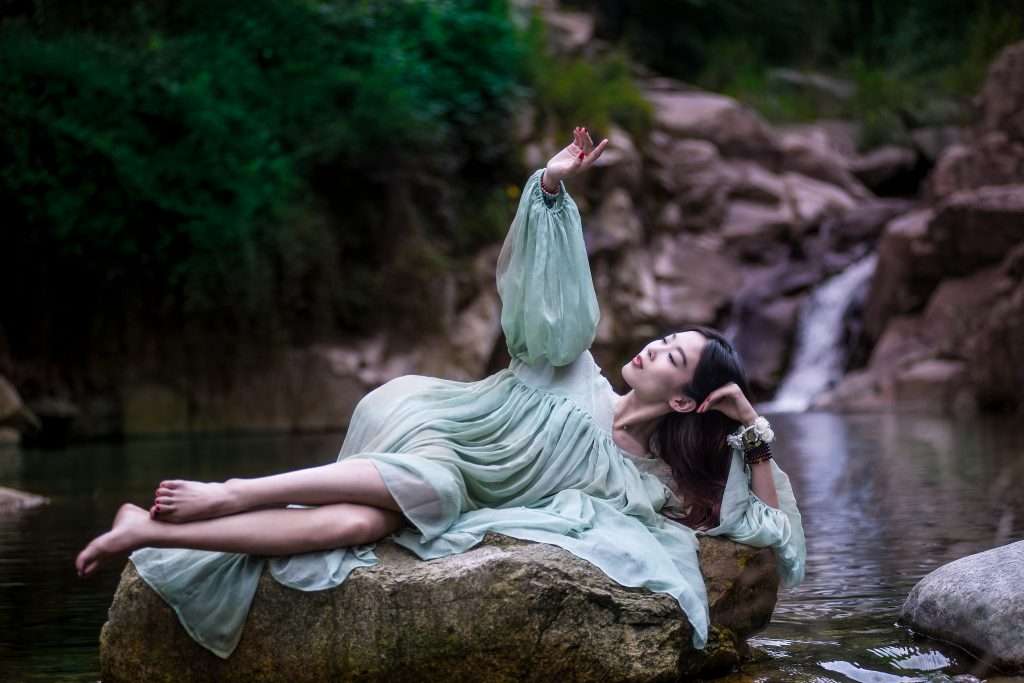
Swords plus sex? It’s the latest and greatest thing, say TikTokers. Goodreads lists tomes by writers like Rebecca Yarros, Sarah J. Maas, and Holly Black in its most popular books. It’s even hit the mainstream, with The Guardian and Washington Post (WaPo) writing about it in recent weeks.Â
Though some say the term’s origins are uncertain, it was posted on Urban Dictionary as early as 2008, and “classics†of the sub-genre (says WaPo) include War for the Oaks by Emma Bull (1987), and CL Wilson’s Lord of the Fading Lands (2007). Its usage, though, has blown up in the last year or so. Publishers, of course, have cottoned onto this and are now marketing everything that’s speculative and has any hint of lurve as the hot new thing: Romantasy.Â
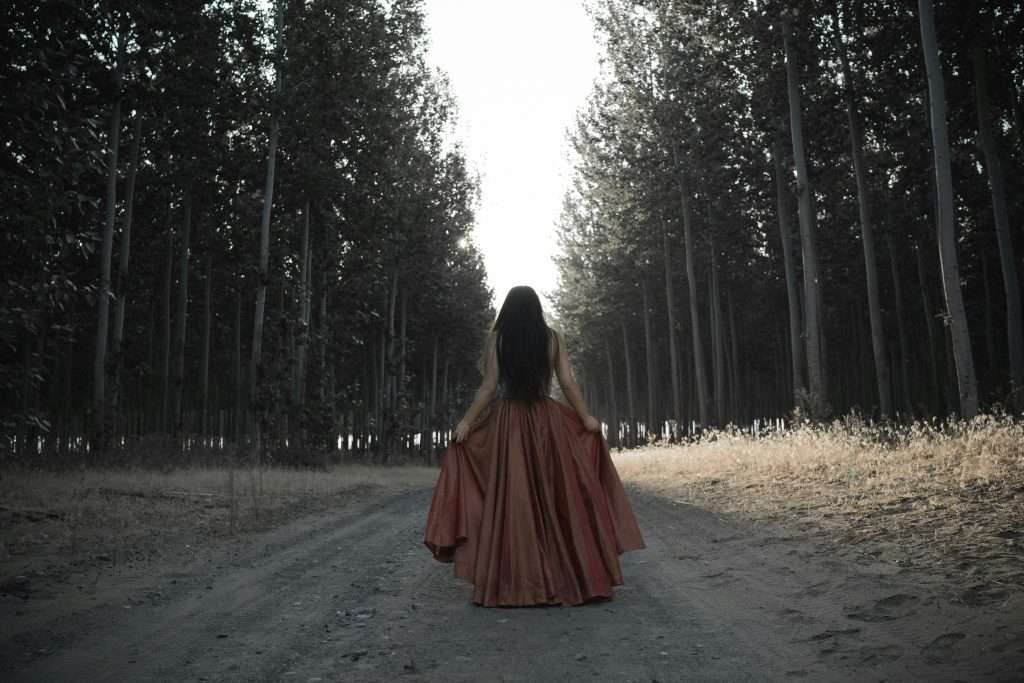
WaPo quotes market researcher Circana, saying that romantasy sales increased by 42% from 2022 to 2023; Maas alone has sold 40 million copies of her books worldwide, and in dozens of languages. Dazed called it 2023’s hottest book genre.
What the hell is it, though? We sought the expertise of the BFS community to find out.
This is not your average fantasy romance
“There has been romance in fantasy stories for hundreds and hundreds of years,†says writer Robin CM Duncan. “Most stories have some kind of romantic arc at their centre. After all, romance is the oldest character motivation there is! Romantasy is just the marketing department waking up to the fact they can create a new location on the bookstore shelf. But that is their job, so no criticism! My stories always have a romantic element, especially my sapphic fantasy pirate romance shorts, of course, because I just love love!â€
Romantasy is, indeed, nothing new; just a new mix and a new emphasis. Sue Tingey’s series The Soulseer Chronicles was originally marketed as fantasy romance when released in just 2017—â€perfect for fans of Deborah Harknessâ€, it proclaims on the Quercus Books website. Now, she concedes it would likely be marketed as romantasy.
“I only heard the term ‘romantasy’ a few months ago, when I asked my agent what publishers were currently looking for,†she says. “His interpretation was there is a lot of yearning throughout, culminating in a steamy ending. The Soulseer Chronicles [had no] yearning; my heroine was too busy trying to get through the story in one piece.â€
With romantasy, though, we’re talking about more than just an epic fantasy with a bit of a love sub-plot. It’s a hot and heavy mix of fantasy and romance—two of the biggest-selling genres out there. A fantasy novel where the romantic plot is the main story, not a side-plot. Classic romance plots like enemies-to-lovers, love triangles, and soulmates are set against secondary worlds full of creatures (often fae, but also vampires, demons, dragons), magic systems, warring kingdoms, mythology, dark academia, and, of course, strong and bold female characters.
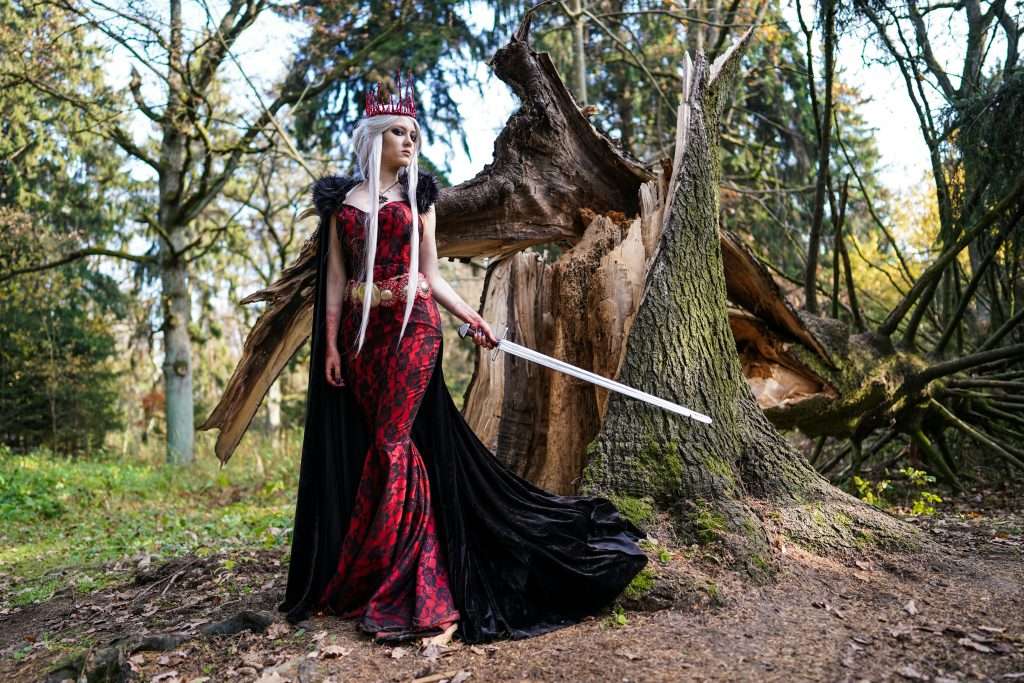
One for the girls? Nah, it’s pure escapism
For AJ Deane, the popularity could “potentially be seen as more attractive to women and girls than high fantasy / epic fantasy / swords and sorcery—rightly or wrongly.†He continues: “It’s not exactly new—plenty of fantasy novels have a romance element (eg Aragorn and Arwen in Lord of the Rings)—though it is not necessarily a driving force of the plot in the way that it is with romantasy. It has more of a source in fairy and folk tales— see Beauty and the Beast, the Little Mermaid, “he wakes her with a kiss”, and so on.â€
Given the sisterhood with the romance world, romantasy books will often have explicit sex scenes (see: ‘spice’ ratings) that enable readers to explore the more hidden sides of their imagination (move over furries; it’s time to be ravished by a fairy king). Romantasy often also features characters that until recently were marginalised in a hetero-white-male-dominated genre: we’ve got queer romance, people of colour, people of different abilities and neurodiversities, all taking centre stage.
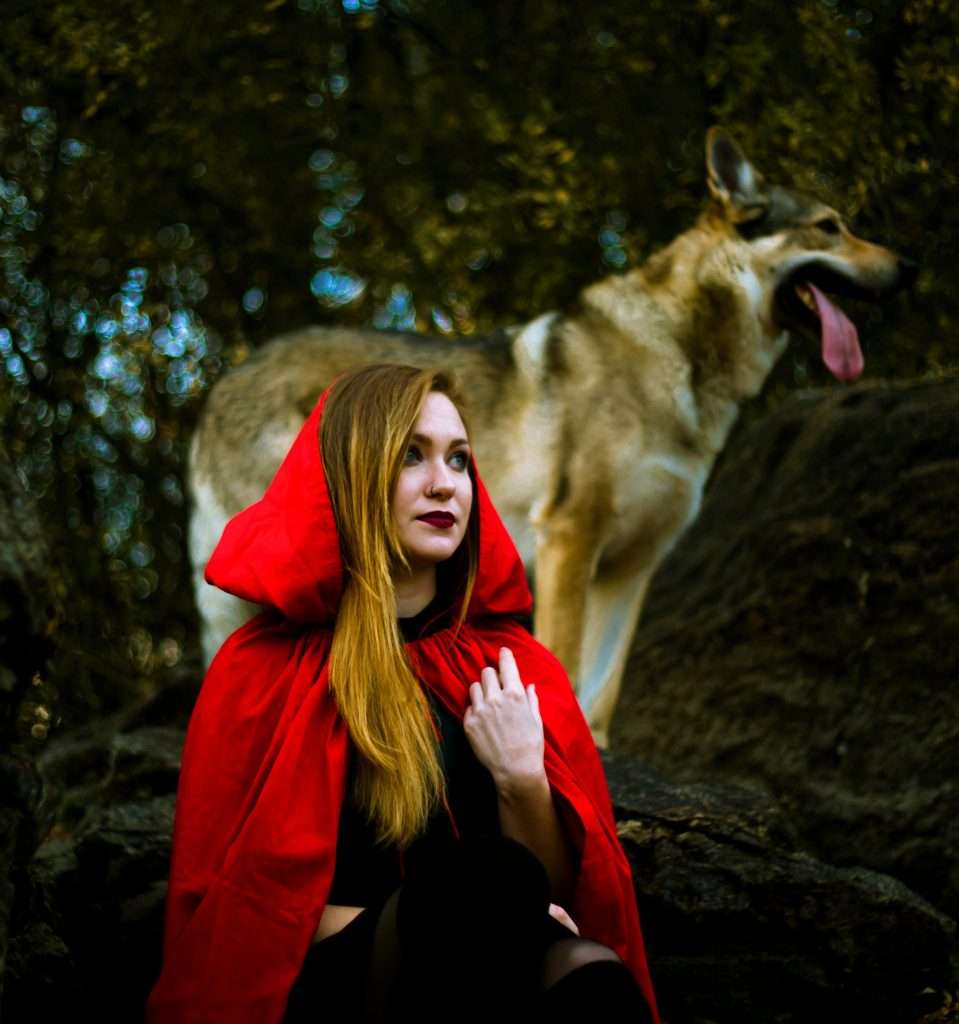
“It can range from cosy romance to full-on smutty action and from shallow fun to complex adult romantic drama depending on tastes,†says Laurence J.R. Nix. “I think there is still a bit of elitism in a few fantasy fans against anything that prioritises romance over epic world-building and super-serious darkness (or even anything that gets too mainstream), but I think most people are nicer and more open-minded than that.â€Â
Unlike fantasy-romance, or epic fantasy with a romantic subplot, romantasy is all-in long-term. The biggest writers in the sub-genre can fill miles of bookshelves with their long-running series, and bookfluencers will lap them all up. As to why it’s become so popular? “I’m going with the marketing power of TikTok, followed by publishing industry pile-on, as they scramble to get a share of that market,†says Stephen Frame.
How to do romantasy
Book reviewer and writer A.R. James defines romantasy as “love and magic, supernatural weirdness plus hot dates.†What else, though?
“Some say the love story should be integral, but I like books that relax that criteria and let the characters find their own way,†says A.R. “Something organic, wild, meandering. That’s more satisfying. Books I’ve loved in recent years that do this are The Warden by Daniel M. Ford and Shanghai Immortal by A.Y. Chao. There are some beautiful stories being told in the format of comics and graphic novels, however, that do comfortably sit in that hard-on-the-romance, hard-on-the-fantasy Venn diagram, which absolutely have my heart: Finding Home by Hari Conner, Lore Olympus by Rachel Smythe and Saga by Brian K. Vaughan and Fiona Staples – I came for the intergalactic Romeo and Juliet telenovela. Did I come for men canoodling with woman-spiders, or dragons performing intimate acts on themselves? I did not, but what a time to be alive.â€
A.R believes the popularity is a reflection of our uncertain times, and that genre fiction is “also loosening up a bit on derogating the ‘girly’.†Those thoughts are echoed by Laura Bennett of the Liverpool Literary Agency, who also writes our monthly Ask an Agent column.
“It’s a bit like cosy fantasy in that the stakes are generally low and it has a ending happy, which people are really craving with the state of the world,†says Laura. “It also taps into a huge reader base that previously might not have been snagged by other types of fantasy—namely romance readers! Romance is a HUGE market that has a lot of readers. It’s totally a repackaging, with a bit of a twist. Romance has always been part of fantasy; this has just brought it to the fore.
“It’s a trend that doesn’t yet seem to be dying,†Laura continues. “For every publisher who says ‘We’ve got a lot of it now and aren’t buying more’, I’m getting new ones that didn’t previously do fantasy that now want it.â€

The state of the world, and a need for escapism, is fuelling a rise in a lot of speculative fiction—but the romance angle is a big seller.
“There are loads of books, TV shows and films I actively avoid at the moment,†says PS Livingstone. “I just can’t cope with any more depressing stuff. I think there’s an element of the stigma associated with romance having disappeared too, which I’m very glad about.â€
And that escapism is why a lot of people are turning to social media as well as SFFH. For Siân O’Hara, romantasy’s popularity is down to a few reasons: “It appeals to two sets of readers without limiting itself to just the crossover who read both anyway: fantasy readers (who don’t avoid romance in their books) get a setting they love (e.g. secondary worlds for escapism) and a feel-good storyline they can relax into without worrying if there’s going to be a Red Wedding type chapter. Romance readers get the happy ending (!) storylines they like with new settings to discover but don’t have to worry about getting to grips with Malazan-style geopolitics. So it’s appealing to two broad readership groups and hitting the right spot.â€
Want to write your romantasy? Campfire suggests keeping the basic structure of a romance novel in mind. You’ll need a meet-cute, sexual tension, a breakup or separation of the two main characters, and—importantly—a happily ever after, or a HEA to use the jargon. Let us know how you get on!
This article was written with the help of the BFS member community on Discord and Facebook. Not in our Discord yet? Keep an eye out for the next member newsletter for details on how to join conversations like this one.Â
Photos by xiaole Zheng, Max Nguyen, Lucas mendes, Dmitry Vechorko, and Šárka Jonášová on Unsplash.
Meet the (main) author

Lauren McMenemy wears many hats: Editor-in-Chief at Trembling With Fear for horrortree.com; PR and marketing for the British Fantasy Society; founder of the Society of Ink Slingers; curator of the Writing the Occult virtual events. With 25+ years as a professional writer across journalism, marketing, and communications, Lauren also works as a coach to writers looking to achieve goals, get accountability, or get support with their marketing efforts.
You’ll find her around various events stepping up as a host, interviewer, moderator and general cheerleader. She writes gothic and folk horror stories for her own amusement, and is currently working on a novel set in the world of the Victorian occult. You’ll find Lauren haunting south London, where she lives with her Doctor Who-obsessed husband, the ghost of their aged black house rabbit, and the entity that lives in the walls.
(Photo by Nicolas Laborie)

